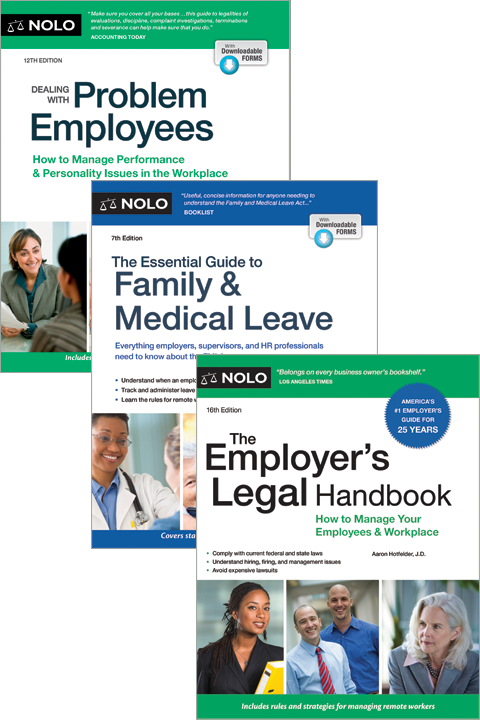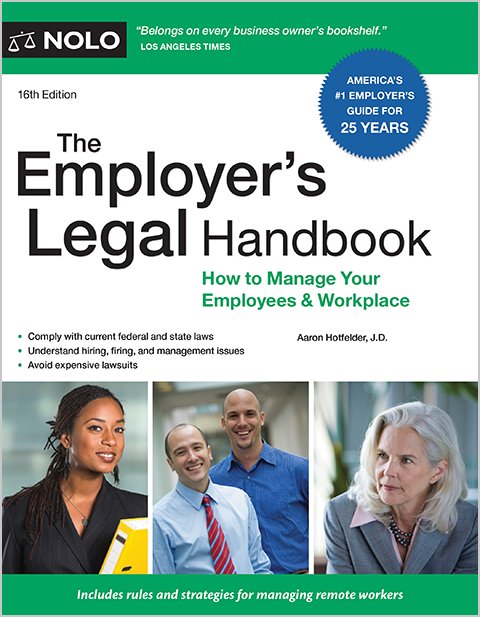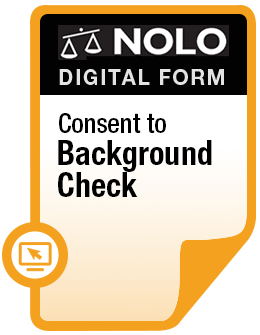California employers must provide paid sick leave to employees. Here's how the law works.
California was one of the first states in the country to require employers to provide paid sick leave to employees. The state's paid sick leave law, known as the Healthy Workplace, Healthy Family Act of 2014, applies to all employers regardless of their size (California Labor Code §§ 245-249 (2021).)
Here's a look at what the law covers and how it works.
What's Covered by California's Paid Sick Leave Law
California's paid sick leave law allows employees to take sick leave for their own health condition or the health condition of a family member, including preventative treatment. "Family member" is defined broadly and includes a spouse, domestic partner, parent, child, parent-in-law, grandparent, grandchild, and sibling.
Employees may also take sick leave if they are victims of domestic violence, sexual assault, or stalking.
Accruing Paid Sick Leave
Employees who work at least 30 days in a year are eligible to receive paid sick leave. Employees can begin using accrued sick leave once they have worked for an employer for 90 days. A few specific types of employees are not eligible to receive paid sick leave, including certain employees covered by collective bargaining agreements, certain individuals employed by air carriers, and employees of the California In-Home Supportive Services Program.
Employees accrue one hour of paid sick leave for every 30 hours worked. Paid sick leave must carry over from year to year, but employers can place a cap on accrual of 48 hours (or six days).
To avoid the administrative hassles of the accrual and carryover requirements, an employer can make three days of paid sick leave available to each employee at the beginning of each year.
Employers do not need to pay out accrued sick leave when an employee leaves the company. However, if an employee leaves and is rehired within one year, accrued sick leave must be reinstated.
Limits on Using Paid Sick Leave
Employers can restrict an employee's use of sick leave to 24 hours (or three days) per year. Employers can also require employees to take sick leave in at least two hour increments, but not more.
Employer Requirements
Employers must display a sick leave poster, available from the California Labor Commissioner, in a conspicuous spot in the workplace.
In addition, employers have recordkeeping requirements under the paid sick leave law. Employers must record the amount of available sick leave on each paystub (or in some other written form on payday), and employers must keep records of sick leave accrual and use for three years.
Employers should also be aware that they can't retaliate against an employee for using sick leave, or refuse an employee's valid request to use sick leave. Nor can employers require employees to find a replacement worker as a condition of taking leave. Employers who engage in such conduct are risking a potentially costly lawsuit.
Local Laws and Employer Policies on Sick Leave
Certain cities in California have their own paid sick leave requirements that provide additional benefits to employees. For example, in San Francisco, employees can accrue up to 72 hours of paid sick leave per year, and there is no cap on how much an employee can use. Several other cities, including Los Angeles and San Diego, have followed this trend and passed their own sick leave laws. In general, employers must follow whichever rule is more generous to employees.
And, of course, employers are free to create sick leave policies that are more generous than either law.



